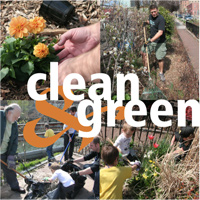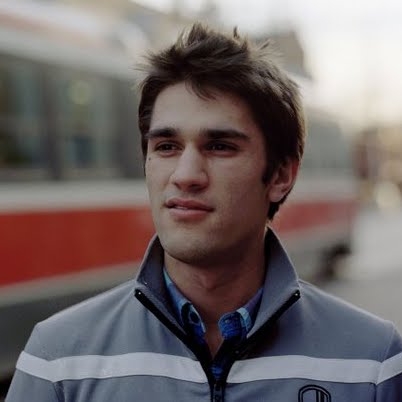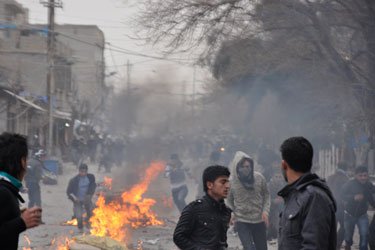The island of Samsø became Denmark’s showcase for sustainable energy and went carbon-free by the power of one man. Beyond talks to SØREN HERMANSEN, who Time magazine named an environmental hero of 2008.
At 51, Danish farmer and environmentalist Søren Hermansen drives an electric citron car, rests underneath a solar-paneled house roof, and keeps warm thanks to his wood pellet boiler. He is one of 2,300 home owners on a small Danish island of Samsø who keep the island carbon-free—and he started it.
His mission to convert the island’s conservative farm community to 100 percent renewable energy began in 1997 when Samsø won a competition from the Ministry of Energy and Environment. As director of the Samsø Energy Academy – a research center for clean power – Hermansen and his team drafted a plan to make the island 100 percent self-sufficient with wind generated energy in just a decade. Through the existing technology, subsidy programs, and laws and regulations of Denmark, and with communal will, the $85 million project took only eight years to materialize.
The heat is on

Island Samso courtesy of Soren Hermansen
To end Samsø’s dependency on oil and diesel shipments from the mainland, Samsingers replaced their furnaces with heat pumps; their heating now supplied by biomass – waste product from farm and forestry. Its straw and wood-based district heating system has become the third largest in the world.
The introduction of wind turbines ended the reliance of electricity from coal-fired power station in Denmark. As Samsingers installed solar panels on their homes to generate electricity, they also pooled financial resources for the purchase of 21 onshore and offshore wind turbines. Eleven onshore turbines continue to supply the island’s annual energy. In 2003, instead of importing electricity, Samsø began exporting it and by 2005, the island produced more energy from renewable sources than it used. Wind-generated energy became the largest export at the 10-year mark – in 2007.
Hermansen credits human will for the island’s purchase of renewable energy projects. Locals, at first hesitant to participate in the type of social movement Westerners label a “green revolution”, became more interested as the Dane answered questions. “People were really interested but didn’t think it really related to them personally,” Hermansen explains.
“They also needed somebody to organize the flow of possibilities.” Townsmen began attending town hall meetings and seminars where Hermansen spoke of renewable energy. School children participated in his lectures on sustainable living while professionals sought his advice on greening their businesses. With a degree in sustainability energy planning from Denmark’s Aarhus University, the environmentalist had always believed the “intelligent step is to go green”. As an idealist, he understood the success of communities depended on cooperative spirit – a collective action born from individual interests. As a pragmatist, he created new products and businesses opportunities to achieve the success of Samsø.
The ideal pragmatist
His Danish pragmatism is not surprising in a country, which ranks low in CO2 emissions thanks to its boosted renewable technology research and support for windmill buyers and manufacturers. With the erection of wind mills 300 years ago, Denmark has become a leader in wind power. “Share ownership in cooperative windmill has meant the whole difference in accepting the windmill in the landscape – and accepting renewable sources as the future of Samsø and Denmark,” Hermansen writes in one report. That is not to mention the nation’s control of Danish fossil fuel consumption as a result of a robust tax system, and its high taxes fund research and development.
In 2009, Hermansen was one of 30,000 participants at the UN Climate Change Conference (COP 15), which took place in Denmark’s capital, Copenhagen. Green tech leaders, environmentalists, and scientists attended the convention on climate change. Although disappointed with its outcome, Hermansen remains optimistic. “Instead of exporting the issue abroad, each individual and nation should take responsibility,” he says, taking pride in his islanders’ practical approach.
With the reduction of fossil fuels by over 75 percent, Samsø is still not a fuel independent island. The cars run on diesel and so does the local ferry. Hermansen looks forward to the next decade where vehicles will use ethanol or canola oil and more can be converted to hydro or electric. By “thinking locally and acting locally,” says Hermansen, “Europe can become a greater leader in renewable/ clean energy.” Let’s hope his island experience can be of value to other cities in the future, particularly in the Middle East.




